Employee engagement drives productivity, retention, and success, but with hybrid work, burnout, and turnover on the rise, keeping teams engaged is more complex than ever.
In this blog, we spoke to Kira van Niekerk, our Global Director of Training and Professional Services, to get her thoughts on today’s challenges and how to prioritize building a culture where employees feel valued and connected.
Stick the kettle on and settle in for this five-minute interview full of tips, advice and practical solutions.
1. What are the most common engagement challenges organizations are facing in today’s changing work environment?
One of the biggest challenges I’ve seen organizations face is the pressure to do more with less. Economic uncertainty often means cutting costs and stretching resources, but that doesn’t mean engagement should take a back seat. Too often, it’s treated as an “extra” rather than a priority, yet we know that people don’t stay in jobs just for the pay check. Employees thrive when they feel valued and connected, and that sense of purpose can make all the difference—especially in tough times.
Hybrid and remote work have made this even trickier. Without those casual, in-person moments, it’s easy to assume silence means everything is fine. And let’s be honest, managers are often juggling so much that regular check-ins can fall by the wayside. The tricky part is that engagement isn’t one-size-fits-all; what excites one person might not matter to another. That’s why it’s so important for leaders to have the tools and space to connect with their teams.
2. What role does leadership play in fostering a culture of engagement, and how can companies train leaders to be more effective?
Leadership is central to creating an engaged culture. As leaders, we set the tone through our actions—whether it’s modelling accountability, recognizing achievements, or helping our teams connect. Even small steps, like following up on discussions or setting clear goals, can demonstrate commitment and inspire others. It’s also important to create time and opportunities for teams to build relationships and feel genuinely connected to their work.
To do this well, leaders need self-awareness and tools to manage their own engagement. When we’re disengaged, it affects the entire team. Organizations can support leaders by providing clear strategies, structured processes, and spaces for meaningful recognition. By focusing on practical actions rather than just intentions, leaders can build stronger, more connected teams that are better equipped to tackle challenges together.
3. How can companies address disengagement early, especially in the face of increasing employee burnout and turnover rates?
Addressing disengagement early starts with simple but intentional actions. Regular check-ins—whether weekly or bi-weekly—create a safe space for employees to share concerns about work, challenges, or personal well-being. Sometimes, just asking, “How are you really doing?” can uncover early signs of disengagement. Prioritizing mental health through tools like well-being programs or mental health first aiders shows employees they’re valued for more than just their output.
As leaders, it’s also on us to recognize when something feels off. Spotting changes in behavior—like missed deadlines or withdrawal—starts with understanding what “normal” looks like for each person. Having the tools to act on these signs and working with other leaders can make all the difference. And let’s not underestimate the power of recognition. Shouting out wins, no matter how small, helps everyone feel seen and valued. Those small moments can really boost connection and engagement.
4. What trends do you see shaping the future of employee engagement, and how should organizations prepare for these changes?
The future of employee engagement is evolving quickly, and organizations must adapt. Flexible working—hybrid or remote—is now an expectation, with employees prioritizing balance between their personal and professional lives. Companies that fail to offer this flexibility risk losing top talent. Mental health is equally vital. Providing resources isn’t enough; fostering a culture where well-being is a daily priority is key.
AI is also reshaping work. Used wisely, it automates repetitive tasks, allowing employees to focus on meaningful work. But leaders need to clearly communicate why AI is being implemented, so it’s seen as a tool to support, not replace. Employees also expect personalized experiences that recognize their unique contributions. To meet these demands, organizations should focus on clear communication, regular check-ins, and tools that empower employees—striking the right balance between technology and human connection.
The future of employee engagement depends on connection, flexibility, well-being, and thoughtful use of AI to enhance work. Kira highlights the need for clear communication, regular check-ins, and personalized experiences. By equipping leaders to address disengagement early, creating connection and empowering employees, organizations can foster a thriving, motivated workforce ready to adapt to change.
Find out more about how Thomas Connect can help you drive engagement here.





